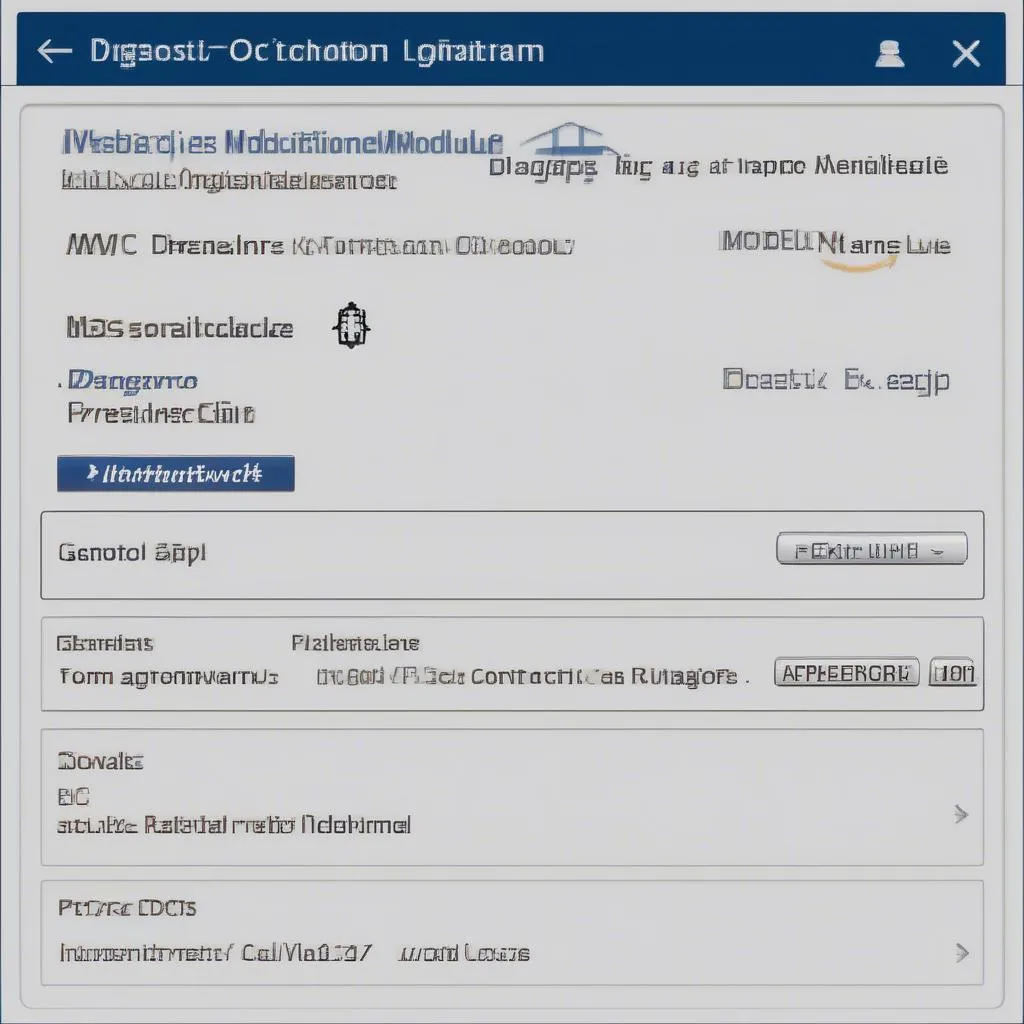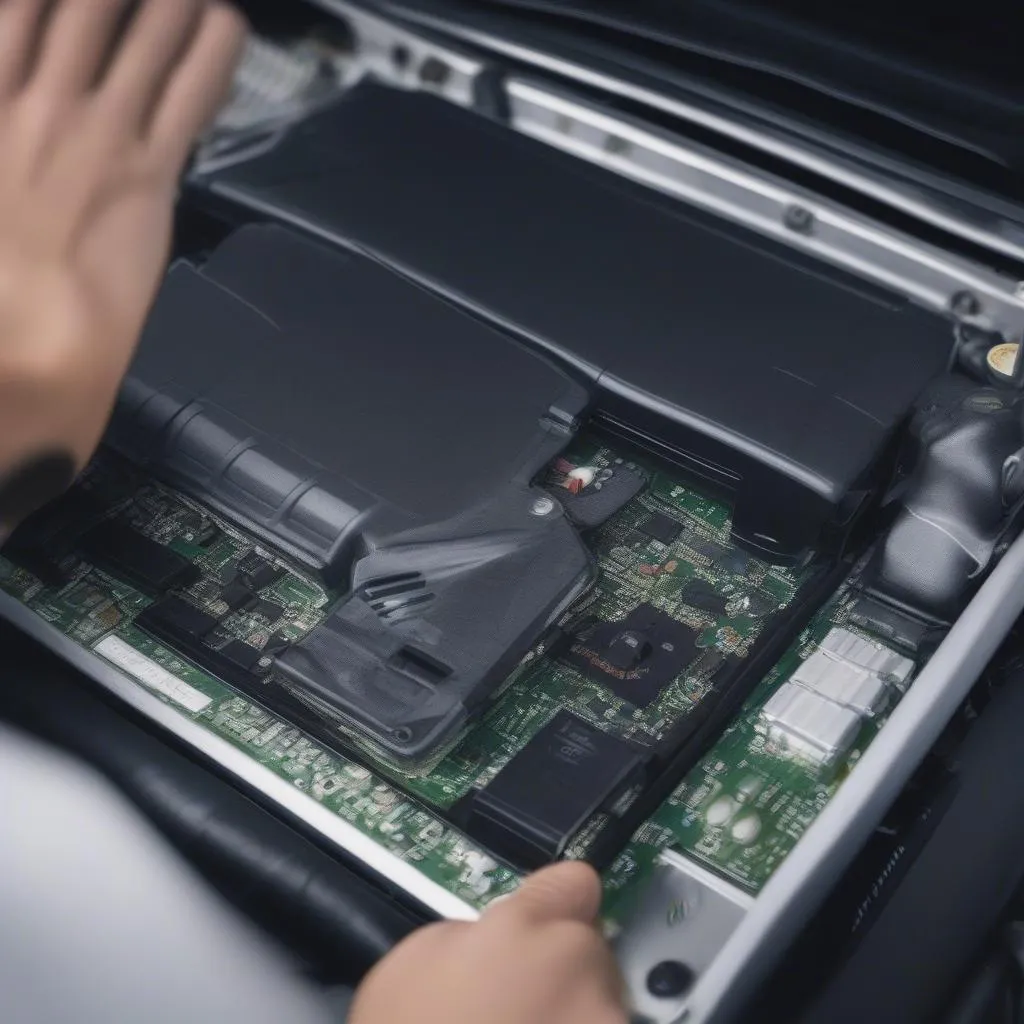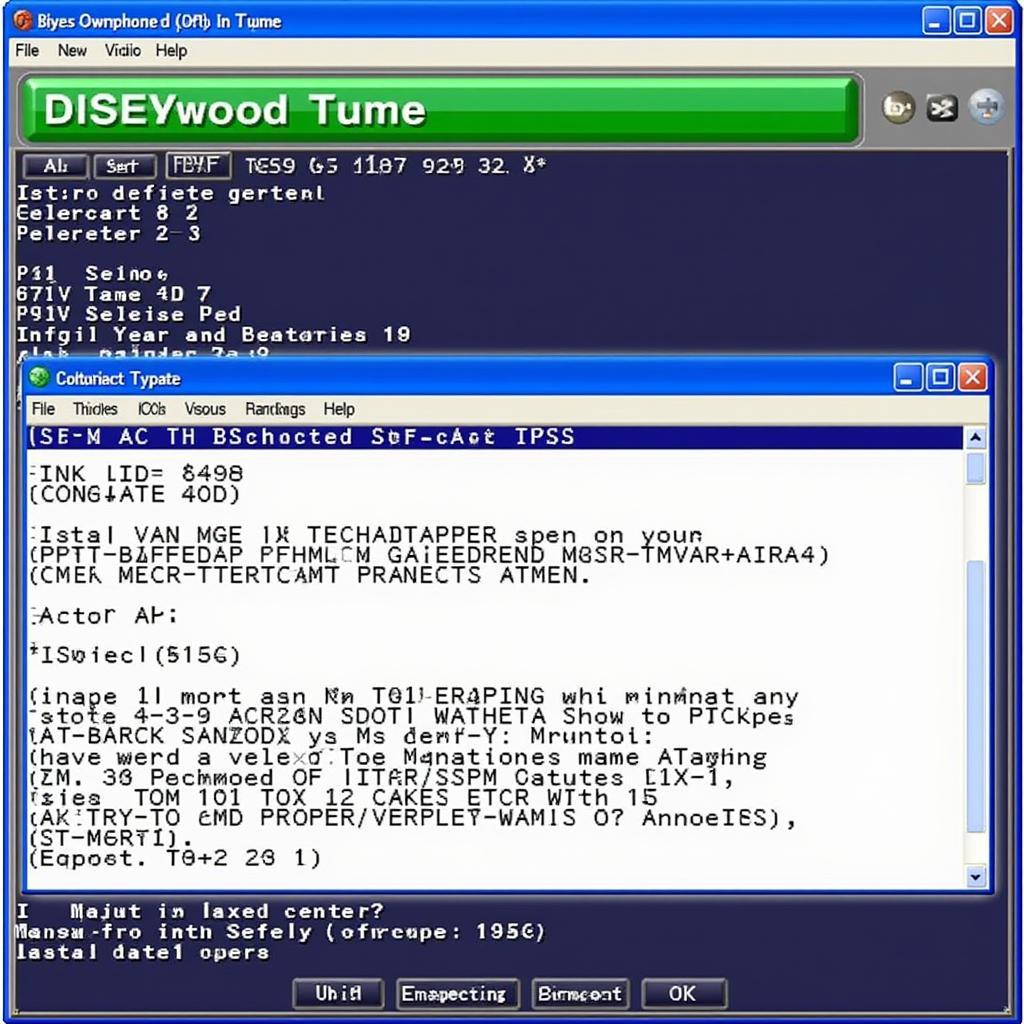VCDS, the software previously known as VAG-COM, has become synonymous with Volkswagen Audi Group (VAG) vehicle diagnostics. But can you actually tune your car with it? That’s a question many car enthusiasts ask, and the answer requires a nuanced approach. Let’s dive into the capabilities of VCDS and explore its potential for vehicle tuning.
Understanding VCDS: Beyond Basic Diagnostics
While primarily known for its diagnostic prowess, VCDS, developed by Ross-Tech, offers more than just reading and clearing fault codes. It grants access to the various control modules within your VAG vehicle, allowing you to view live data streams, perform adaptations, and even tweak certain settings.
 VCDS Interface
VCDS Interface
For instance, you can use VCDS to:
- Activate hidden features: Ever wished your car had features available in other markets? VCDS might be able to unlock them, from convenience features like needle sweep on startup to adjusting the sensitivity of your automatic headlights.
- Adjust throttle response: Fine-tune your throttle response for a more spirited driving experience or improved fuel efficiency.
- Modify lighting settings: Customize your vehicle’s coming home and leaving home lighting options for added convenience and safety.
VCDS and Tuning: A Matter of Perspective
The term “tuning” itself has different interpretations within the automotive community.
Basic Adjustments vs. Performance Tuning
It’s crucial to differentiate between basic adjustments and performance tuning. VCDS excels in the former, allowing you to personalize your vehicle’s settings to your liking. However, when it comes to extracting significant horsepower gains or drastically altering engine parameters, VCDS falls short.
 ECU Remapping
ECU Remapping
“VCDS is an incredibly powerful tool for diagnostics and customization,” says automotive electronics expert, Dr. Emily Carter, author of “Modern Automotive Control Systems,” “but it’s not designed for deep-level engine tuning. For that, you’ll need specialized ECU remapping software.”
The Risks of Uninformed Modifications
It’s tempting to delve into the depths of your car’s control modules and start tweaking settings. However, proceed with caution. Altering critical parameters without a thorough understanding can lead to:
- Voided warranties: Manufacturers often frown upon unauthorized modifications, potentially voiding your warranty if problems arise.
- Performance issues: Incorrect settings can negatively impact your vehicle’s performance, fuel economy, and even cause damage.
- Warning lights and limp mode: Messing with critical systems can trigger warning lights and even send your car into a restricted performance “limp mode.”
Exploring Tuning Options Beyond VCDS
For those seeking significant performance gains, consider these options:
- ECU Remapping: This involves rewriting your engine control unit’s software to optimize fuel delivery, boost pressure, and other parameters for increased power and torque. Reputable tuners offer stage tunes tailored to different modifications and driving styles.
- Performance Parts: Upgrading components like the intake, exhaust, and intercooler can complement ECU tuning and further enhance your vehicle’s performance.


